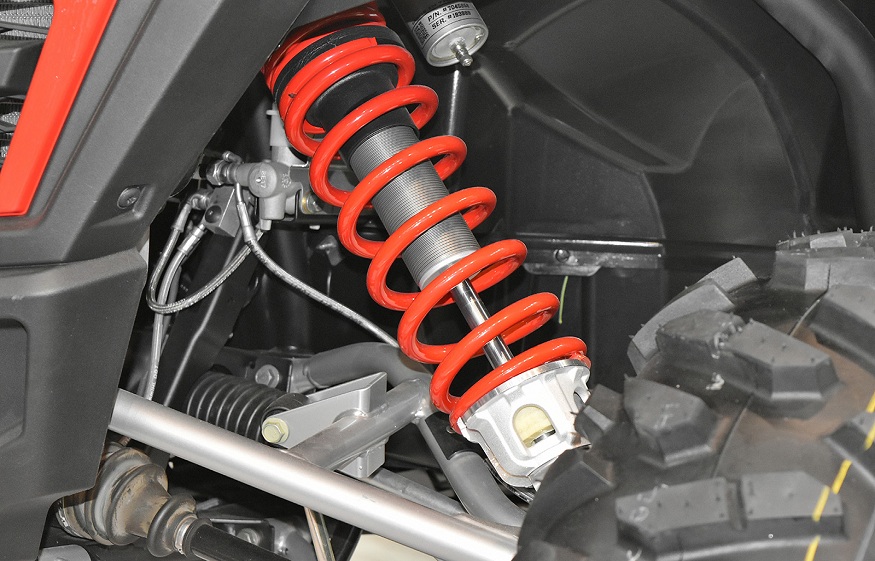In reality, the suspension system is put under a lot of stress and the components take enormous stresses compared to the other main systems in a car. The suspension system is located between the frame and the wheels, and serves several purposes. Ideally, a well-tuned suspension system will cushion bumps and other road imperfections, so those inside the car can travel comfortably. While this is very important from a passenger perspective, the driver will notice other pluses to the suspension system. This system also has the task of keeping the wheels in maximum grip with the road.
Wheels are extremely important to vehicle performance and safety. This is the only part of the car that touches the ground. The wheels must therefore exert power and steer the car simultaneously while being responsible for stopping the vehicle. Without a system that dampens the bumps and potholes found in the roads, the vehicle would shake and wobble on a rough surface, and this would render the vehicle unusable due to lack of grip. The suspension system, in addition to being a great solution for bumpy roads, adds a lot of complexity when you consider that the wheels are responsible not only for their standard tasks in addition to having to absorb the shocks associated with bumps,
Find the best garages for mounting your shock absorbers
The operation of the suspension system is therefore very complex. Many parts of the car are involved and it only takes one of them to be broken or bent to sabotage the entire setup.
How does the suspension system work?
Most modern cars have independent front and rear suspension, which allows each wheel not to depend on the others. Some cars, however, use a more basic engine bridge due to their lower cost and simpler design. The only axles still used in new cars are drive axles. Drive axles have a powered wheel at each end and fixed axles have free-spinning wheels at each end. The problem with the rear wheels not moving independently is that together they keep the same angle, rather than being at an angle to the road surface. This results in less grip and less predictable handling.
Engine axles also contribute unnecessary unsprung mass. The unsprung mass is that which does not rest on the suspension. The one that rests on the suspension is called the suspended mass. Low unsprung mass, as opposed to sprung mass, makes the car lighter and more agile. The opposite offers a difficult driving and the feeling of less control of your vehicle. If the differential sending power to the wheels through the axles is attached to the chassis or body of the car rather than the axle itself, the unsprung mass is much less. Here’s a good reason, in addition to the many other benefits of having a wheel that can move without significantly affecting other wheels,
Independent front suspension allows each front wheel to move up and down with the spring and shock bolted to the frame on one end and a control arm or swingarm on the other end. A suspension arm is attached to the front of the vehicle near the center at one end of the arm and the steering knuckle at the other end. A wishbone does the same thing, except it attaches to the frame at two points, making the whole thing look like a triangle. The positioning of each component in independent front suspension systems is very important, as the front wheels must steer and maintain constant alignment to ensure safe operation of the vehicle.
The independent rear suspension uses the same technology as the front, without taking into account driving dynamics, since the rear wheels generally do not turn. Rear-drive and all-wheel-drive cars have a chassis-mounted differential in the middle of the control arms or wishbones, while front-drive cars have very simple rear suspension, requiring only springs and shock absorbers .
Shock absorbers and springs provide damping and compression as the suspension moves. The springs keep the sprung mass away from the wheels and resist compression. Shock absorbers are oil-filled cylinders that force the suspension to compress and decompress at a constant rate to keep the springs from bouncing. Modern shocks are velocity sensitive, so they are softer when faced with small bumps and they put out more force to withstand big bumps. The springs can be compared to watchdogs, ready to aggressively defend the car against knocks. The shock absorbers would therefore be the people who keep these guard dogs on a leash,

